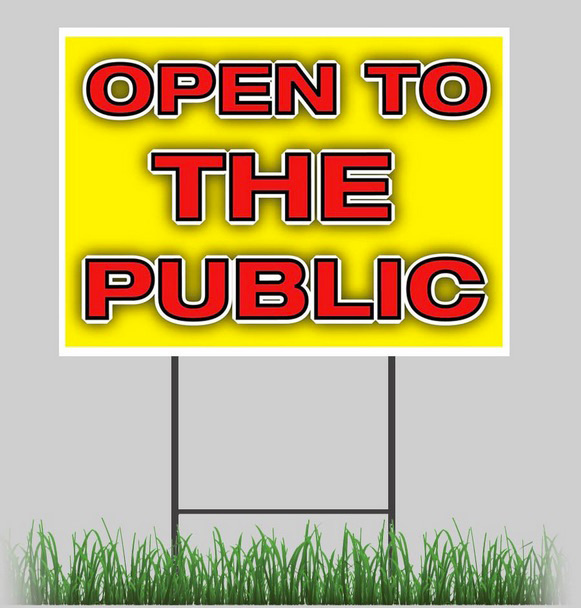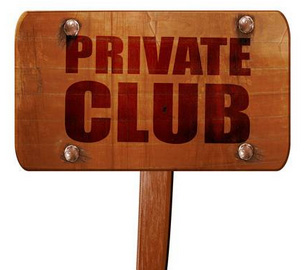The Truth About Golf Courses
By Tom Abts
Golf courses come in basically three categories:
- Member owned country clubs
- Publicly owned public golf courses
- Privately owned public golf courses
Those are three very different cats. There is a lot of variety within each category, but at least they are in the same category.
Trouble begins when people don’t understand the different categories. If a member owned club starts losing money, they assess the members. If a publicly owned golf course loses money, it can raise taxes, float a bond, or move money from another area of government. If a privately owned public course loses money, its owners need to pony-up or get another loan or fold.
Every owner in each category is on the hook. The member owned country club is the only one where the golfer is on the hook. The privately owned public course has to be run like a business – they don’t have the government or members to bail them out.
And this trouble gets worse when former country club members and publicly owned course golfers play at privately owned public golf courses. They don’t realize that those courses are a business and have to pay the bills – there is no bailout.
It’s the difference between private property and communal property. A park is communal property. A privately owned golf course is not a park. Its cart paths are not walking trails. Its clubhouse is not a rec center. If no one happens to be playing, it doesn’t mean it’s open season to be used. For example, if you have a swimming pool and it’s not being used that day, should just anybody jump in and start swimming?
A golf course can be a great asset to a community. It’s a beautiful green space. I want to see golf thrive and multiple golf courses in every community. We need the different types of courses. Each golf course cannot be everything to everyone. That’s a recipe for failure. Just like the restaurant that has EVERYTHING on the menu… you know it’s all bad.
Country clubs are great for people who want exclusivity. It’s a closed membership and should cater to its members. And they pay plenty for it. That’s the only way it can work. A privately owned golf course can offer a nice facility if it can find solid revenue streams. They don’t have members or the government to subsidize a losing operation. A publicly owned golf course is there to serve the needs of the taxpayers who support it. Thus, they can do things that a normal business can’t.
I’m all for muni golf courses. They should fulfill the needs that privately owned courses can’t provide. Beginners need a place to learn… all beginners – not just kids. And 9 holes is the right amount for a lot of players. High school teams need a place to practice and host matches.
In a lot of small towns, the local “country club” can provide what everybody needs. It’s usually affordable for most people, might even have times for public play, and be available for schools and beginners. That’s great. But that model can’t work in a metro area for a lot of reasons. The same reasons why you can buy a big home in those towns for much less money than in the metro.
I’m writing this article because golf courses should be places of enjoyment. Too often, they are places of hard feelings because of a basic misunderstanding of what they are. Especially privately owned golf courses. They can’t cater to every whim like at a country club – that’s what those members are paying for. And that doesn’t always work at country clubs either. There’s a club in South Carolina that has 19 members. Seriously. They cater to the whims of the members. But the price tag is also serious – very serious.
All of these models are struggling. The saturation of the market with golf courses led to a screwed-up market. As courses started sinking, they began to offer too much for the price. Half-off, free lunch, free carts, etc… you’ve seen the ads. Country clubs started offering no initiation fees, junior memberships, reduced monthlies for a year, etc. Talk about a race to the bottom. Muni courses got into the act, mostly driven by groups of players who had political sway in their communities, who demanded ridiculously low rates… causing munis to lose money and consider closing courses.
How can this be fixed? Some say that the marketplace will adjust and solve the problem. “Sure, there will be pain in the process, but things will be fine after the adjustment.” Not really… and here’s why: Golf courses need a lot of land. When that land is gone… it’s gone. It’s not like a bowling alley. If bowling alleys or tennis clubs fold… they can just buy another building and start up again. Not golf courses. Can you imagine what would happen if the City of Minneapolis decided to close their courses: Columbia, Gross, Hiawatha, Meadowbrook, Theodore Wirth? That land is gone – forever. If the marketplace really corrects… we’ll be left with a handful of really exclusive country clubs, maybe a muni or two, and maybe one privately owned golf course. Then, if you live in the Twin Cities and want to play golf, you’ll need to be super rich or play at a rural course 75 miles away. That’s reality.
Think this is not hitting golf areas like Hilton Head, Fort Myers, Palm Springs, Scottsdale, etc? Myrtle Beach lost about 35 courses. A golf course community near me in South Carolina has opened its doors to the public. And it’s not working. The real estate values are plunging as the neighbors are getting big assessments to keep the two golf courses open. This a ticking time bomb. When I play in Hilton Head I look at the operations… this is too often what I see: busted-up cart paths, close-out merchandise in the shop, gas station sandwiches in the grill, poor service, and weak root systems on the greens. And the neighbors are clueless. They think they have a valuable home that they’re counting on cashing-out when they leave.
This is serious stuff. I realize that people want what they want. But, everything has a price. And if not at first, it sure does down the road. Kicking the can down the road doesn’t last forever.
Do I take this personally? Yeah. A few months ago, a resident of Victoria sent me a hostile, insulting email because we don’t have special rates for residents of Victoria. I responded that Victoria doesn’t subsidize us like a muni course, that in fact we pay huge taxes. And, does he go to every business and restaurant in Victoria and demand a resident rate? How did he take my response? Well, a few weeks ago I wrote a blog about my experience with a sniper many years ago at Deer Run. This fellow posted on our website that he wished the sniper had shot me. Obviously he’s a kook. But, you can’t believe how many people attack me for how we operate Deer Run Golf Club. They’re angry that we host events, that we have full leagues, that we’re busy. They want no one on the course so that they can play whenever they want to. And at a rate that doesn’t come close to what we need to pay the bills. How does that work?
Basically people don’t have respect for private property. A guy tried to fight our maintenance staff because he was taking a walk on the course and was in the way of our staff, so we asked him to leave the golf course. It never ends. Walkers, bikers, baby carriages, people sneaking on, people bringing their own balls to the range, bringing their own food and drink on the course – and then being outraged when we ask them not to do these things. They don’t realize they’re stealing. They really don’t. I don’t think they’re bad people (a few exceptions). They just don’t see it that way. But it is stealing.
These things need to be said. Where else will they be said? Golf course workers know these things, but don’t have a forum. Fortunately, I do… and I have a responsibility to say what needs to be said. Golf is in a precarious position and is vulnerable – very vulnerable. When something is vulnerable, very often it is taken advantage of and dies. I don’t want that to happen. And I think a lot of people don’t want that to happen. Golf needs golfers to step-up and help, not attack and kill it.




